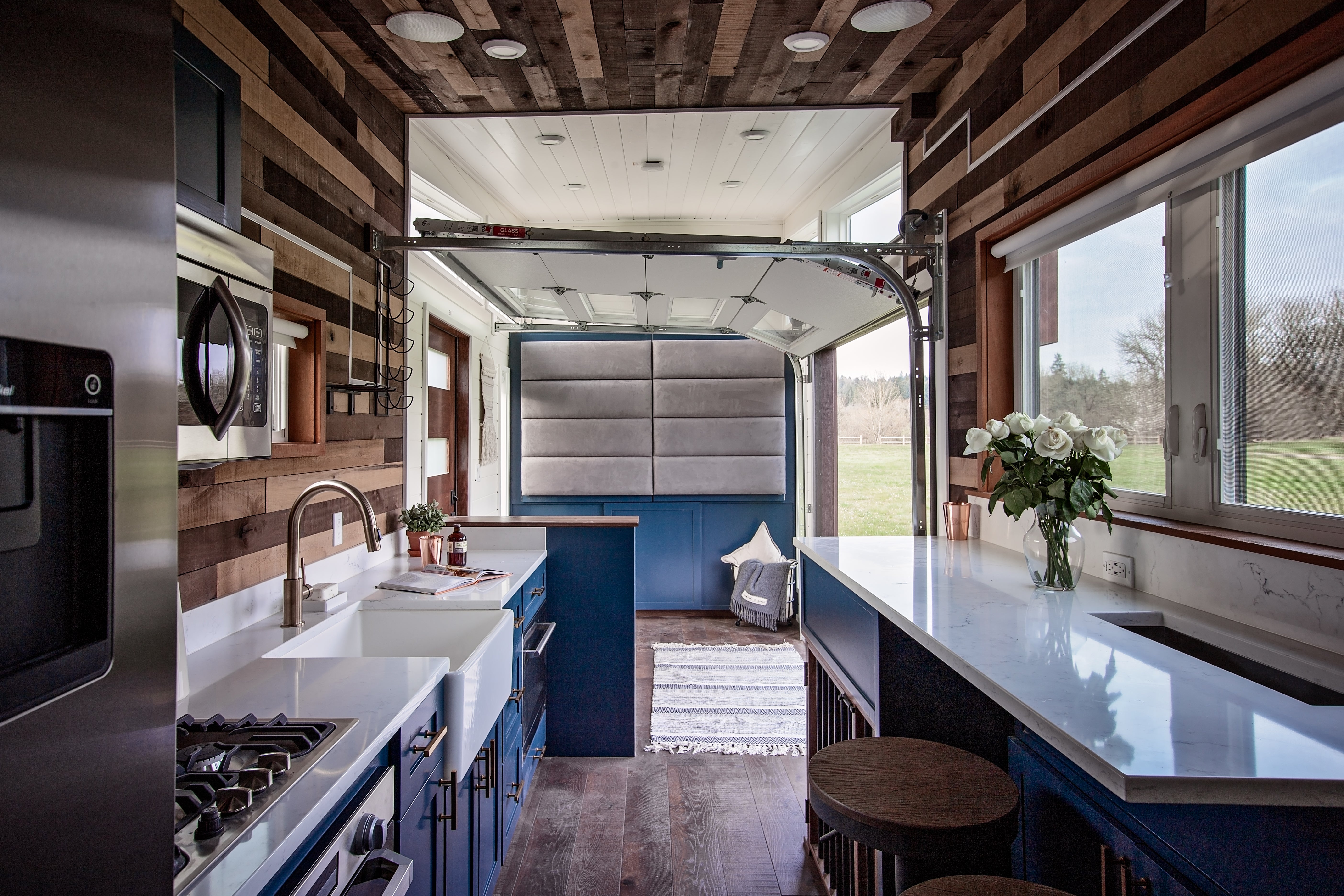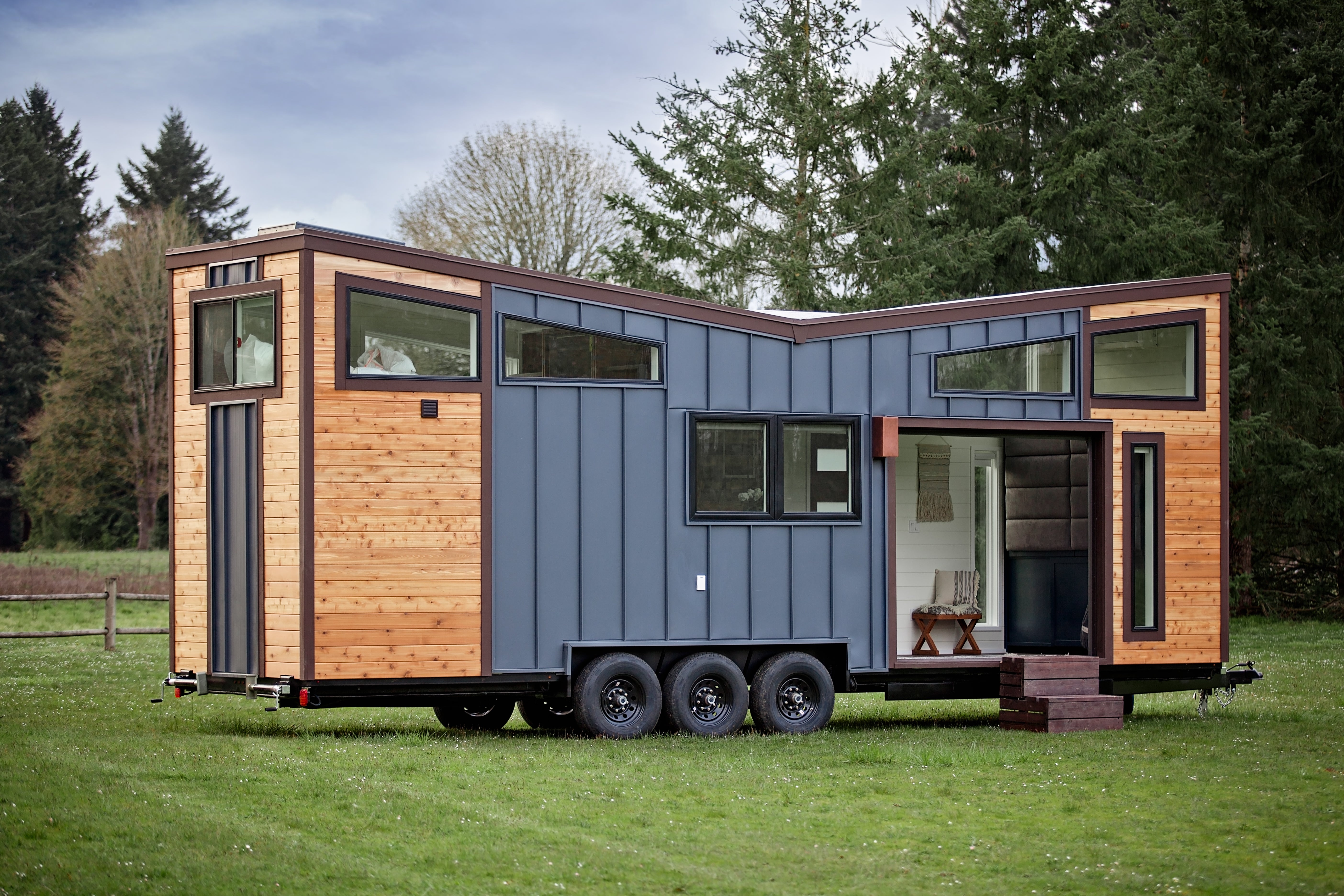Across New Zealand, more residents are exploring new ways of living. Rising property prices, lifestyle changes, and the need for adaptable spaces are transforming how people think about their homes. Among the many alternatives, compact spaces are steadily gaining interest.
Granny flats NZ are being used in far more diverse ways than in the past. Once mainly built to house older family members, these smaller dwellings are now being used as permanent residences, temporary stays, or even private workspaces. Compact in size but highly functional, they are becoming an integral part of larger properties across urban and rural areas alike.
Compact Living with Modern Comforts
Granny flats are often designed with simplicity in mind, but that doesn’t mean they lack features. Many include a full kitchen, bathroom, living area, and sleeping space, despite having a smaller footprint. Layouts are efficient, with smart storage options and open-plan interiors making them feel more spacious than expected.
In New Zealand, these homes are used in a variety of living situations. Some serve as quiet retreats, others as independent homes for family members, and many function as full-time residences. Their versatility continues to appeal to individuals and families seeking flexible living options without the scale or cost of a traditional house.

A Practical Alternative in a Tight Market
As housing demand is increasing in many parts of New Zealand, finding affordable and livable options is becoming more difficult. Granny flats offer an alternative that strikes a balance between cost, space, and convenience. They are typically faster to construct than full-sized homes and may require less paperwork, depending on local rules. The compact size means less time spent on maintenance and upkeep. For those seeking independence, downsizing, or supporting multi-generational living, these dwellings offer a balanced solution.
An Investment in Property Value
In addition to providing extra living space, granny flats can enhance the value of a property. Homeowners who install a well-designed and fully functional unit may see increased interest from future buyers or tenants. A property with a secondary dwelling offers more flexibility and can serve as an attractive rental opportunity.
Some owners choose to list granny flats on short-term rental platforms, generating additional income with relatively low upkeep costs. They can also help first-time buyers offset mortgage payments through rental income. A well-maintained granny flat can become a key asset that adds long-term financial stability.

Custom Layouts for Personal Needs
Portable granny flats in NZ are available in a variety of configurations to support different lifestyle needs and financial considerations. Even compact models often include key features such as a kitchen, bathroom, and living area, along with quality finishes like insulation, sturdy flooring, and energy-efficient lighting.
Customisation options allow the layout to be adjusted for accessibility or personal preferences. Features such as wider doorways, grab rails, and modified bench heights can be incorporated to support mobility or ageing-in-place goals. Many units are transportable and can be placed on registered trailers.
The Technical Aspects of Granny Flats
When planning a granny flat in New Zealand, it’s important to understand the technical specifications and compliance requirements. Most units are designed to meet or exceed the New Zealand Building Code, which ensures structural integrity, insulation standards, and weather resistance. Key features typically include double-glazed windows, fully insulated walls and ceilings, and energy-efficient appliances to meet sustainability and comfort benchmarks.
Transportable homes are often built on steel or timber frames and mounted on trailers or skid foundations, making relocation easier. Plumbing and electrical systems are pre-installed and designed for straightforward connection to existing utilities. In some cases, these dwellings may be classified as vehicles or temporary structures, which can influence the type of consent or permit needed from local councils.
Compact Gutters and Downpipes Systems
Gutters and downpipes play a critical role in protecting granny flats from water damage. Properly installed systems ensure rainwater is efficiently directed away from the structure, preventing issues like roof leaks, foundation erosion, and moisture buildup around the base. Most modern granny flats in New Zealand include coloursteel or PVC guttering systems that are both durable and low-maintenance.
Downpipes are typically designed to connect to existing stormwater systems or, in off-grid setups, to water collection tanks for sustainable use. It’s important that these components are sized appropriately for the roof area and local rainfall levels to avoid overflow during heavy storms. Quality gutter and downpipe systems not only extend the lifespan of the unit but also contribute to its long-term performance and compliance with building standards.
Supporting a Shift Toward Sustainable Living
As sustainability becomes more important in residential planning, many granny flats are being built with eco-conscious features in mind. Energy-efficient lighting, solar panels, water-saving fixtures, and the use of recycled materials are increasingly standard in new designs. Because of their smaller size, these units often consume less energy overall, reducing environmental impact.
Additionally, some homeowners opt to use off-grid options such as composting toilets, rainwater harvesting systems, and greywater reuse setups. These features support environmentally friendly living without compromising on comfort or functionality. Granny flats are proving that sustainable choices can be both practical and accessible in everyday living.

What to Expect from New Zealand’s Granny Flat Providers
Granny flats in NZ are available in a range of transportable, pre-built formats that eliminate the need for extensive on-site construction. These modern units can come fully equipped with kitchens, bathrooms, and insulated living spaces, and are designed to connect to existing household water and power systems. Some models offer solar power, rainwater collection, and composting toilet systems, supporting more sustainable and self-contained living.
Design flexibility is also common, with many layouts offering wider entryways, adjustable bench heights, and accessible bathrooms to meet various mobility needs. Depending on the configuration, these dwellings in New Zealand may be classified similarly to caravans, which could potentially reduce compliance requirements in some regions.
Self-contained living continues to gain popularity as people seek housing that accommodates changing life stages. The compact size, low maintenance requirements, and versatility make granny flats suitable for various living arrangements. This living trend reflects a broader change in how New Zealanders approach space, value, and lifestyle. It allows moving toward simplicity without losing the sense of home.






Share: